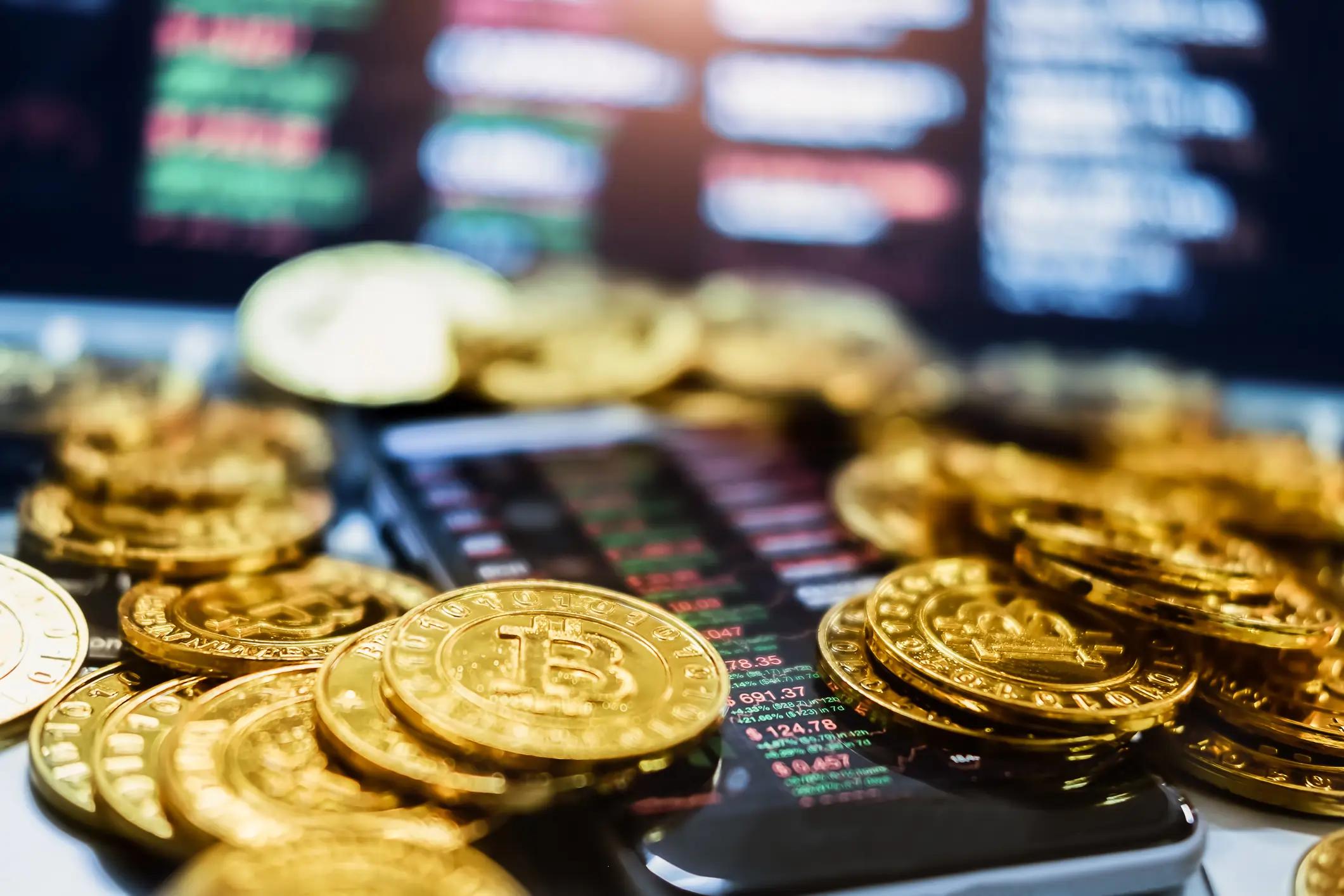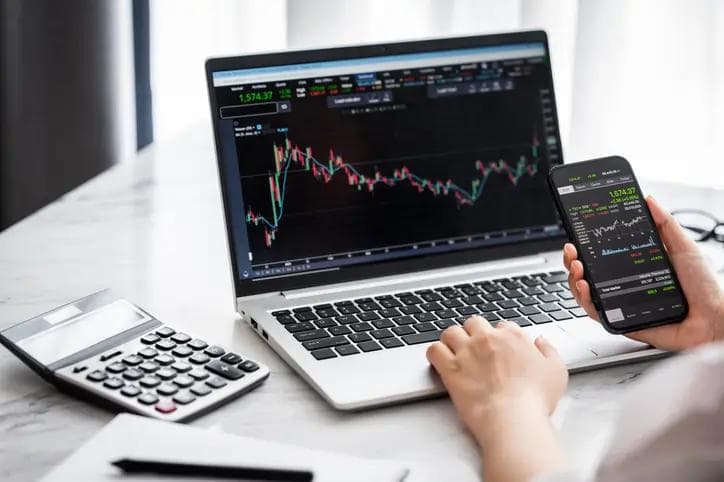Bitcoin Reserves, Debt Relief, and the Global Shift to Government Cryptos
Bitcoin Reserves, Debt Relief, and the Global Shift to Government Cryptos
Published by Wanda Rich
Posted on March 3, 2025

Published by Wanda Rich
Posted on March 3, 2025

The idea of governments banking on cryptocurrencies to handle hefty obligations has been catching a lot of attention lately. In the United States alone, the national debt currently stands at around $36 trillion (according to various fiscal tracking sources), and projections hint it could hit $50 trillion by 2035 if nothing changes. At the same time, we’re seeing more talk about how Bitcoin might help ease a fraction of that burden. That’s a big number to wrap your head around, but proposals such as Sen. Cynthia Lummis’s Bitcoin reserve bill offer a glimpse at a possible future where crypto-backed reserves could make an impact on national spending gaps.
New Crypto Coins and Their Uses
Investing in emerging cryptocurrencies isn’t always straightforward. As crypto author puts it Ines S. Tavares notes, “Finding the best CryptoNews coins to buy can be a daunting task — there are risks to investing in new cryptocurrency releases and various pitfalls to avoid.” While some projects introduce cutting-edge technology, others struggle with adoption or security issues.
One sector where new digital currencies are gaining traction is online gambling, where seamless transactions and fast payments are essential. New coins are being integrated into these platforms, offering players an alternative to traditional banking methods. The speed and ease of digital currency transfers help reduce transaction delays, making them an attractive option.
Beyond gambling and retail transactions, crypto is also making waves in government strategies. Some nations are exploring digital assets as part of their financial systems—including the U.S., where lawmakers are considering Bitcoin reserves as a tool to manage national debt.
Trump’s Speech and the Bitcoin Reserve Bill
Last summer, former President Donald Trump’s speech at the Nashville Bitcoin conference caught everyone off guard. He not only praised Bitcoin’s potential but teased the idea that it could help address trillions of dollars in national debt. Sen. Cynthia Lummis took that energy and introduced her own “Bitcoin reserve bill”. As her proposal stands, the government would steadily collect Bitcoin over several years and stash it away as part of a strategic reserve aimed at shrinking the national debt.
Critics raised eyebrows, pointing out that Bitcoin is famously volatile, and it’s not exactly straightforward to liquidate huge amounts of it without affecting its price. Still, Lummis’s plan doesn’t promise a magical fix that wipes out debt overnight. It’s more about the possibility of at least trimming a portion of it through gradual accumulation, then eventually selling some of that stash for dollars to pay off a slice of the government’s obligations.
VanEck’s Research: Crunching the Numbers
A new analysis from VanEck, released on February 21, 2025, aims to show how a Strategic Bitcoin Reserve might dent U.S. debt within specific parameters. The general concept goes like this: Over a five-year window, the government snaps up one million bitcoins and locks them away for 20 years. During those 20 years, the law would prevent the government from selling those coins for anything except debt coverage.
https://www.nbcnews.com/politics/donald-trump/trump-hails-crypto-largest-bitcoin-conference-rcna163925
That’s a meaningful chunk, but it obviously doesn’t wipe out everything. VanEck’s math suggests you’d need upwards of five million bitcoins stashed away by 2049 just to cover the debt completely. Considering Bitcoin has a fixed supply of 21 million coins—minus the ones already lost or inaccessible—accumulating five million coins is a huge stretch. The disclaimer on VanEck’s site also warns that everything is based on past patterns, which might not line up with future conditions. Still, this scenario gives a window into one potential outcome if the government dove headfirst into acquiring Bitcoin.
The Challenge of Amassing Huge Bitcoin Reserves
Even aiming for one million bitcoins is tricky. Michael Saylor, who’s famous for big Bitcoin buys, once hinted that there might only be space for a single nation-state to scoop up a significant slice of the total supply. Meanwhile, BlackRock reportedly holds over half a million bitcoins, showing it’s not only governments that can stockpile vast amounts of crypto.
If the U.S. were to chase millions of bitcoins, it would run into several hurdles. First, pushing demand to that level could ramp up prices dramatically. Second, buying in such massive quantities might spark public debate about whether that’s the best use of taxpayer dollars or if the government is risking too much on a volatile asset. Even after acquiring a big pile of BTC, the eventual act of selling large chunks might drive down Bitcoin’s price, cutting into the returns meant to reduce the debt.
In any case, Lummis’s legislation suggests a paced approach of gathering one million BTC over five years, presumably to minimize disruption in the market. But if the government doesn’t start soon—and if Bitcoin keeps inching upward—hitting that million-coin target could get costlier each day.
Economic Relief Through Crypto Adoption
Part of the reason governments might lean on Bitcoin or other crypto-based assets is the possibility of buffering their economy against inflation or currency volatility. By holding an asset that’s limited in supply, there’s an argument that reserves could hold value better in the long run. That’s why some national banks store gold—it’s relatively scarce. Bitcoin offers a similar scarcity, and many see it as “digital gold” with perks like easier storage and cross-border transfers.
Not everyone agrees on how helpful this is. Governments still need to manage day-to-day obligations in their primary currency (in the U.S., that’s the dollar). For smaller countries, adopting a crypto could serve as a hedge against local currency devaluation, especially if there’s limited faith in the national banking system. But bigger nations might not see as dramatic a boost since their currencies often dominate global markets. That said, even a partial offset to debt, as demonstrated by VanEck’s 18% estimate for the U.S., can be significant.
Outlook for the U.S. and Global Crypto Trends
The U.S. is still weighing how far it wants to go with a Strategic Bitcoin Reserve. If Lummis’s bill passes, the government would start layering some BTC into its holdings, likely with strict guidelines on when and how it can be sold. Trump’s bold statement that Bitcoin might someday wipe out American debt may be more rhetorical than realistic, but it does make people wonder about the longer-term role of cryptocurrencies in major economies.
Even now, national and local governments around the world are experimenting with official crypto or token-based solutions to modernize their monetary systems. Some see it as a novel way to boost economic activity, generate new forms of tax revenue, or build up alternative stores of value. Others remain cautious, pointing to volatility and the lack of universal adoption.
Explore more articles in the Trading category











